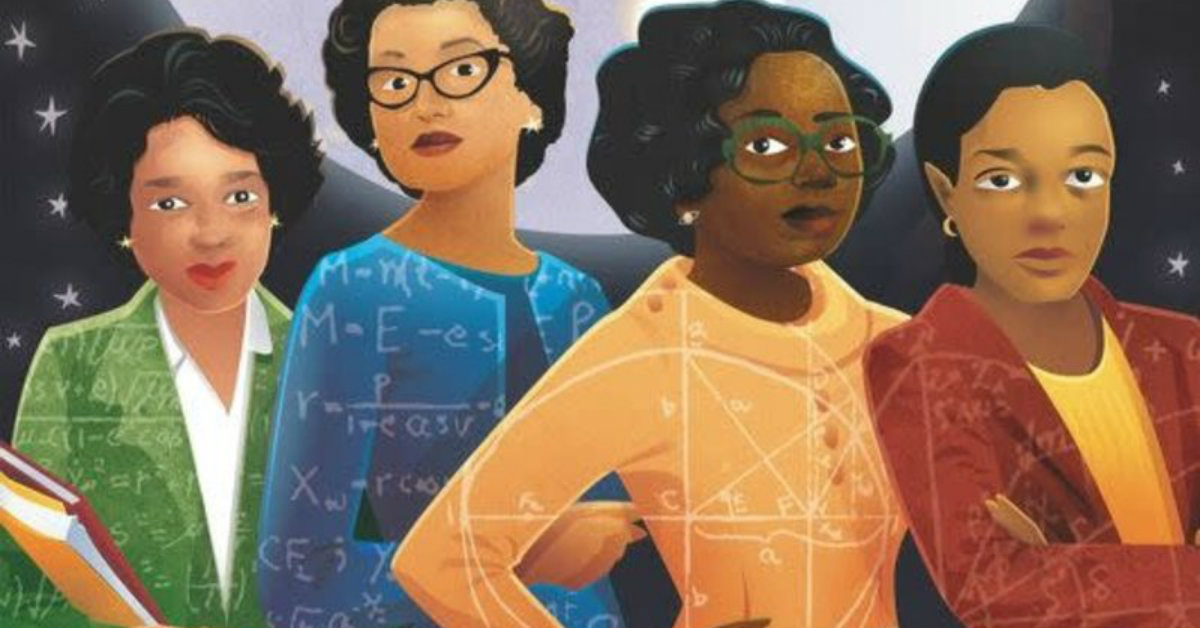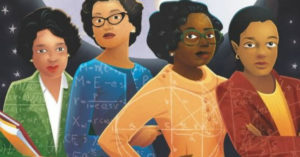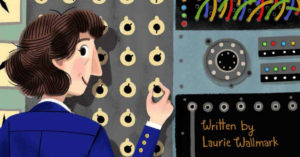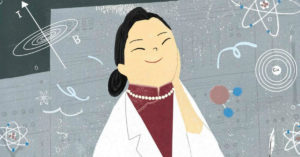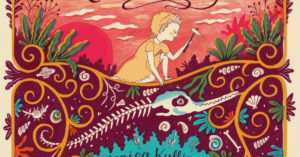Every student needs a hero. Heroes give us encouragement, they inspire us to grow, and they show us what we’re capable of achieving. This is particularly true for students of STEM. Trailblazing scientists aren’t exactly the flashiest individuals, so they can get overlooked if we’re not paying attention. Yet, we educators know all too well that those who go unnoticed are often the ones who end up changing the world!
In honor of International Women and Girls in Science Day (which occurred earlier this week), I’ve compiled a list of extraordinary women who revolutionized the field of STEM. Their hard work and discoveries have shaped modern society in ways we cannot begin to measure, and it’s important to give them the recognition they deserve. So, the next time you have a free moment in class, take the opportunity to introduce your students to one of these scientific heroes!
Katherine Johnson
(August 26, 1918 – Present )
Katherine Johnson is an African American space scientist and mathematician who has made enormous contributions to America’s space and aeronautics programs. Johnson spent many years working at NASA where she calculated trajectories, launch windows, and emergency return paths for Project Mercury. She even played a huge role in determining the trajectory for Alan Shepard, the first American in space, as well as for the 1969 Apollo 11 flight to the moon. In 2015, President Barack Obama awarded Johnson the Presidential Medal of Freedom for her service to America and to Science!
Help your students learn more about Katherine Johnson with Hidden Figures: The True Story of Four Black Women and the Space Race!
Eugenie Clark
(May 4, 1922 – February 25, 2015)
Known by many as The Shark Lady, Eugenie Clark was an American ichthyologist who became renowned for her study of shark behavior and research into marine biology. Clark has also helped pioneer the field of scuba diving. This breakthrough has been an invaluable resource to scientists around the globe. Later in life, Clark became a powerful voice for marine conservation and in 1987 was honored with an award from the Academy of Underwater Arts and Sciences for her efforts.
Help your students learn more about Eugenie Clark with Shark Lady: The True Story of How Eugenie Clark Became the Ocean’s Most Fearless Scientist!
Grace Hopper
(December 9, 1906 – January 1, 1992)
Few people have led as extraordinary a life as Grace Hopper. An American computer scientists and United States Navy rear admiral, Hopper was one of the first programmers of the Harvard Mark 1 computer. She invented one of the first linkers (a computer utility program that takes one or more object files and combines them into a single executable file) and her work served as the basis for modern coding. In 1991, she received the National Medal of Technology from President George H. W. Bush, and in 2016, she was posthumously awarded the Presidential Medal of Freedom by President Barack Obama.
Help your students learn more about Grace Hopper with Grace Hopper: Queen of Computer Code!
Chien-Shiung Wu
(May 31, 1912 – February 16, 1997)
Chien-Shiung Wu is often remembered for her many monikers which include, “First Lady of Physics”, the “Chinese Madame Curie” and the “Queen of Nuclear Research”. A Chinese American experimental physicist, Wu made significant strides in the field of nuclear physics. Most notably, Wu was a member of the Manhattan Project, where she helped develop the process for separating uranium isotopes. She also became famous for conducting the Wu experiment, which proved that parity (the flip in the sign of one spatial coordinate) is not conserved. In 1978, she was recognized for her discoveries with the Wolf Prize in Physics.
Help your students learn more about Chien-Shiung Wu with Queen of Physics: How Chien-Shiung Wu Helped Unlock the Secrets of the Atom!
Mary Anning
(May 21, 1799 – March 9, 1847)
Much of what we know about the science of fossils is thanks to the tireless work of Mary Anning. Anning is responsible for discovering and reassembling the skeletons of countless prehistoric creatures. This completely reshaped the way humanity viewed its history. A few of her most notable discoveries include the first correctly identified ichthyosaur skeleton, two complete plesiosaur skeletons, and the first pterosaur skeleton. She was also the first to discover that coprolites were fossilized animal waste. This helped future scientists learn more about prehistoric biology.
Help your students learn more about Mary Anning with Mary Anning’s Curiosity!

